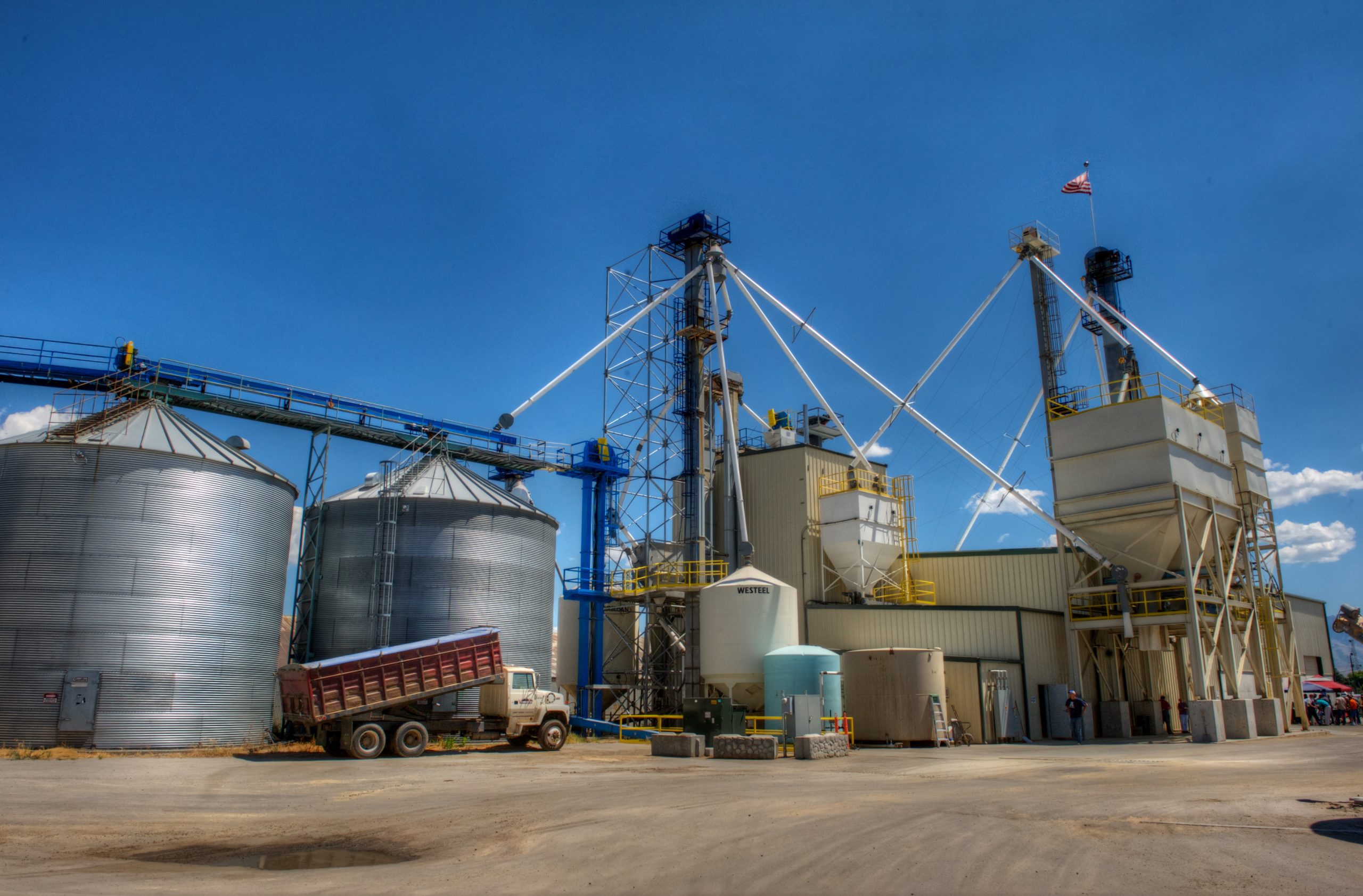There are many factors to consider when designing a new feed mill. Small changes can yield major savings down the line. It’s important to focus on construction safety, energy efficiency, and the maintenance process when creating the layout of the facility. Companies need to anticipate their needs to make sure staff members can work at peak efficiency without putting their health or safety at risk. Use these feed mill construction tips to create the right environment for your employees.
Choosing the Right Equipment
It all starts with the feed mill technology and equipment. Companies usually begin designing the facility around certain pieces of equipment, such as those used for grinding, mixing, and feed distribution. Few companies in the U.S. specialize in producing all the equipment needed for production, which means buying machines from different providers. However, this can incur additional costs down the line. The company will need to order different parts and supplies from multiple parties, which could delay the maintenance process.
It’s best to utilize machines and parts from the same provider, such as Buhler and other international suppliers, so the company only needs to coordinate with one party.
Leave Room for Maintenance
When designing the space around specific pieces of equipment, leave room for maintenance, cleaning, and other routine tasks. Workers should have enough room to safely open doors, remove screens, and replace individual parts without putting themselves in harm’s way. All conveyor belts should be accessible from both sides to increase access to the supply chain. Avoid installing equipment near walls that limit the worker’s range of movement.
It’s best to select pieces of equipment that simplify the cleaning and maintenance process. For example, having workers step inside the grinding or mixing chamber is often more effective and safer than having them hose off the interior from a distance. Install safety sensors to monitor changes in speed or temperature. Consider additional entrances and exits for managing equipment and incoming and outgoing orders. Install automatic locks to limit access to facility personnel.
Consider Materials and Output
Companies should plan out every aspect of the grain handling process before designing the facility in question. Calculate specific formulas for each recipe the facility will produce. Research the industry and regional competition to get a sense of what kinds of products will benefit your company the most. Determine how much feed and supplies you will need to store on-site at any given time. Your workers should have enough room to safely load these materials in and out of the facility as needed.
Final Checklist
When working with a feed mill construction company or contractor, leave time for what’s known as “substantial completion.” This gives the new owner or manager time to process grain in the facility before construction has finished. Additional changes will likely be made during this time as workers identify potential kinks or problems with the system. The contractor will still be on hand to fix these issues as they arise. The construction process ends after the final inspection, during which any last-minute changes may be addressed. Additional inspections or walkthroughs may take place until both parties decide the facility is ready to go.
Keep these tips in mind when choosing a feed mill construction firm. Contact the professionals at Halverson Company, a Salt Lake City construction company, for more information.

